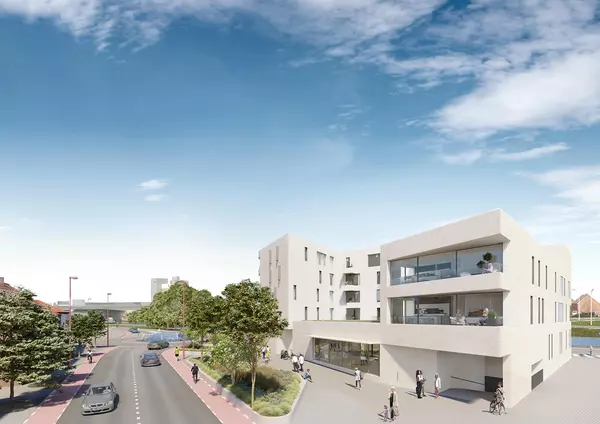blog article
Categories
Recent Posts

A Guide to Common Backyard Birds in Florida

13 Unique Festivals and Southwest Florida Events To Plan Your Trip

8 Great Museums in Naples Florida to Discover the Local History

50 Things to Do in Southwest Florida: The Ultimate Bucket List

Owner Claims “Harassment” From Board Member

Have Your Covenants and Restrictions Expired? It Is Time to Revitalize

Condominium Budgeting Has Changed

Does Your Association Need a Civility Policy?

21 Awesome Things to Do in Naples Florida, the Paradise Coast

Smart Hiring — Vetting Lawyers to Find The Perfect Legal Partner

